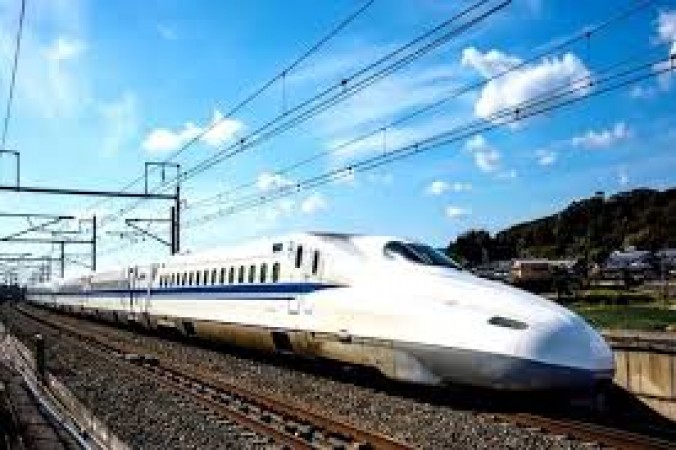
With the introduction of bullet train engines into traditional train systems, significant transformations are anticipated beyond merely ramping up speeds. These innovations promise to revolutionize the rail transport sector, affecting various aspects of travel, infrastructure, and passenger experience.
Enhanced Speeds
One of the most apparent outcomes of integrating bullet train engines is the boost in speed. Bullet trains are renowned for their high velocity, capable of surpassing conventional train speeds by a considerable margin. By adopting these engines, trains can achieve faster travel times, reducing journey durations significantly. This enhancement not only caters to passengers seeking swift commutes but also facilitates quicker freight transportation, benefiting industries reliant on efficient logistics.
Improved Efficiency
Beyond speed, the installation of bullet train engines can enhance overall train efficiency. These engines are engineered to optimize energy consumption while maintaining high speeds, resulting in more eco-friendly operations. Through advanced propulsion systems and aerodynamic designs, trains equipped with bullet train engines can minimize fuel consumption per passenger mile, contributing to environmental sustainability efforts. Additionally, the streamlined operation of these engines can lead to better timetable adherence and reduced delays, further enhancing efficiency across rail networks.
Enhanced Safety Features
The integration of bullet train engines may also introduce advanced safety features to traditional train systems. These engines often come equipped with state-of-the-art collision avoidance technology, automatic braking systems, and robust structural designs to mitigate the risk of accidents. By implementing such safety measures, the overall safety of train travel can be significantly bolstered, instilling confidence among passengers and stakeholders alike.
Infrastructure Upgrades
The adoption of bullet train engines necessitates infrastructure upgrades to accommodate their unique requirements. This includes enhancements to tracks, signaling systems, and station facilities to support higher speeds and increased capacity. Investments in modernizing rail infrastructure not only facilitate the seamless integration of bullet train engines but also yield long-term benefits by enhancing the overall resilience and efficiency of the rail network.
Economic Stimulus
The introduction of bullet train engines can serve as a catalyst for economic growth by spurring job creation, fostering innovation, and facilitating regional development. The construction, maintenance, and operation of high-speed rail systems generate employment opportunities across various sectors, contributing to local economies. Furthermore, improved connectivity and accessibility brought about by enhanced rail infrastructure can attract investment, promote tourism, and facilitate the efficient movement of goods and services, thereby stimulating economic activity. In conclusion, the installation of bullet train engines in trains heralds a new era of innovation and progress in the realm of rail transport. Beyond the immediate benefits of increased speed, this transformation promises to deliver improved efficiency, enhanced safety, infrastructure upgrades, and economic stimulus. By embracing these advancements, the rail industry can pave the way for a more sustainable, interconnected, and prosperous future.
India-US Naval Partnership Expands: Kolkata Port Joins Repair Network
Chinese Smartphone Brands Partner with Reliance for India Expansion
India Braces for Extreme Weather: Heatwaves and Thunderstorms Predicted For These States